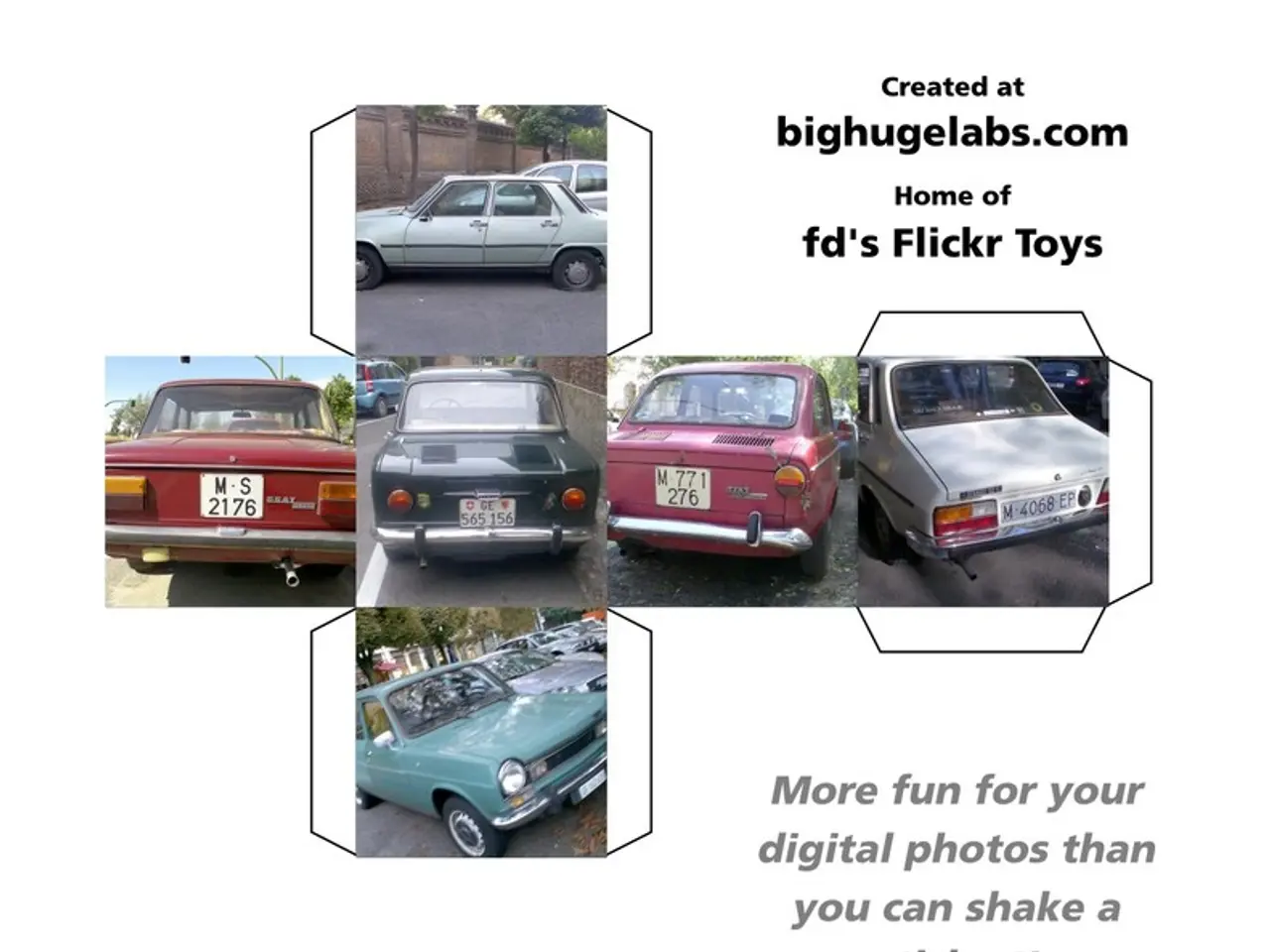Investigation of Verbal Interactions
In the realm of linguistics, discourse analysis is a powerful tool used to examine how language is used in various social contexts. This article will delve into two primary approaches to discourse analysis: language-in-use and socio-political, with a focus on Critical Discourse Analysis (CDA).
Language-in-use approaches, often aligned with traditional Discourse Analysis, concentrate on the structure and function of language in specific contexts. They analyze features such as lexical choice, grammar, and conversational structure to understand how meanings are constructed and interpreted in everyday communication. The primary concern is how meanings emerge from language use itself, without necessarily linking them directly to broader societal power relations.
On the other hand, socio-political approaches, like CDA, emphasize the relationship between language, power, and society. They investigate how discourse reflects, reinforces, or challenges power structures, ideologies, and social inequalities. This approach looks beyond language mechanics to reveal hidden agendas, the interests of dominant groups, and the manipulation of social realities through discourse.
| Aspect | Language-in-Use Approach | Socio-Political Approach (CDA) | |----------------------------|--------------------------------------------|------------------------------------------------| | Focus | Structure and function of language in context | Power, ideology, and social relations in discourse | | Objective | Analyze how meaning is constructed from language use | Uncover power dynamics and social implications of discourse | | Example analysis | Lexical choices in a newspaper headline | How that headline sustains or challenges power or ideological views | | Relationship with society | Language as a neutral system to convey meaning | Language as a tool to maintain or contest social power |
CDA explores how language can both reinforce and challenge the power of those in dominant positions. For instance, it examines the language used in media, like news coverage, to see how those in power might be misusing their position or how inequality, dominance, and pushback are portrayed in discussions of social and political topics.
Other examples of critical discourse analysis include Feminist discourse analysis, Foucauldian discourse analysis, and Ethnography of communication. Researchers using language-in-use approaches analyze how listeners interpret the meaning of words and phrases based on the social context.
Steps for conducting discourse analysis include defining the research question, selecting the content of analysis, collecting information about the material production and its presentation medium, and analyzing the data. The specific publication or platform where the material appeared, such as The New York Times or Facebook, is also crucial to consider.
Context of Situation, Register, Genre, Intertextuality are key concepts related to language-in-use. The type of media used in the analyzed text, such as a book, newspaper, website, social media post, interview, political speech, advertisement, or government document, is also significant.
Discourse analysis goes beyond analyzing just the words and sentences to establish a deeper understanding of how language is used. It dissects individual statements within a text to understand how specific language choices contribute to the overall meaning. The format of the material, such as an article, blog post, video, or speech, is also essential to consider.
CDA often focuses on institutional discourse, the language used in settings like schools, courts, and the media, because these institutions often reflect and perpetuate broader social power dynamics. The social and historical events happening when the text was produced or presented are also important factors to consider.
In conclusion, discourse analysis is a qualitative research method used to study written and spoken language in relation to its social context. It helps researchers understand the underlying values, assumptions, and intentions embedded in language, and it recognizes that language actively shapes our understanding of the world and influences social reality. Understanding these subtle ways that language shapes our perceptions of power is crucial for challenging social inequality.
- The structure and function of language in specific contexts, as analyzed through language-in-use approaches, shed light on how meanings are constructed and interpreted in everyday communication.
- In contrast, socio-political approaches, like Critical Discourse Analysis (CDA), examine how discourse reflects, reinforces, or challenges power structures, ideologies, and social inequalities.
- CDA delves into the relationship between language, power, and society, exposing hidden agendas, the interests of dominant groups, and the manipulation of social realities through discourse.
- Researchers using language-in-use approaches investigate how listeners interpret the meaning of words and phrases based on the social context, emphasizing the role of the mind in perception and interpretation.
- Steps for conducting discourse analysis include defining the research question, selecting the content of analysis, collecting information about the material production and its presentation medium, and analyzing the data.
- Context of Situation, Register, Genre, Intertextuality are key concepts related to language-in-use, highlighting the significance of the type of media used in the analyzed text and the format of the material.
- CDA often focuses on institutional discourse, the language used in settings like schools, courts, and the media, because these institutions often reflect and perpetuate broader social power dynamics.
- Understanding these subtle ways that language shapes our perceptions of power, as revealed through discourse analysis, is crucial for challenging social inequality and promoting health-and-wellness and mental-health within society.




